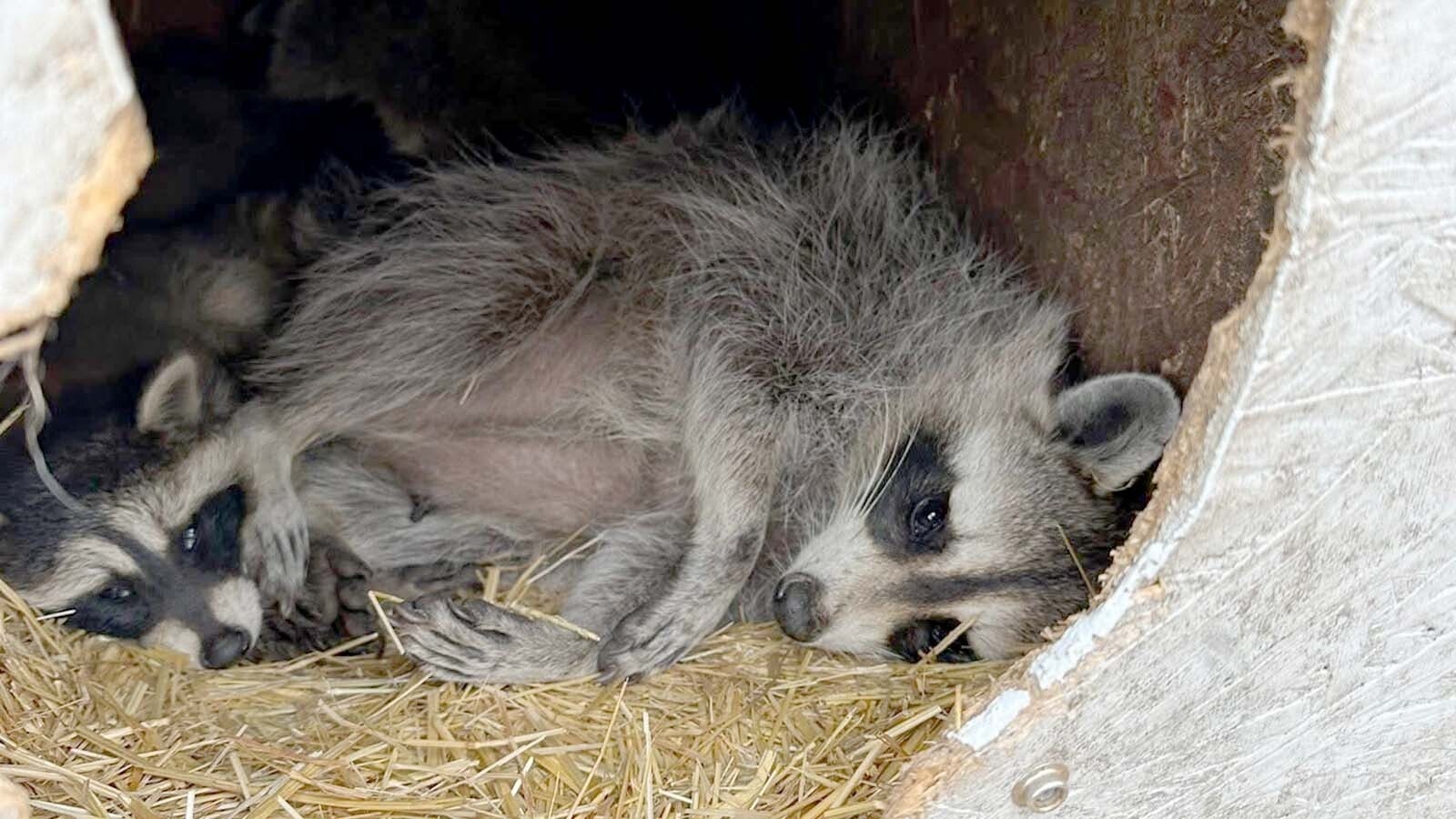No news is good news.
Despite two earthquake swarms that produced 254 individual earthquakes in Yellowstone National Park in March, the active volcano under the area is not expected to blow anytime soon, according to scientists.
Of the seismic activity, Dr. Jamie Farrell, an assistant professor at the University of Utah, said the activity is not unusual and it’s just “Yellowstone being Yellowstone.”
“None of the swarms are really mind-blowing,” Farrell said of the two swarms recorded in March and of the other five swarms recorded so far this year.
“These are all pretty normal,” he said. “This is how Yellowstone acts normally. None of the swarms have been in any place where we wouldn’t expect them. It’s been a normal year for us so far.”
Of those earthquakes, only 21 have registered above a magnitude of 2.0 and none have reached a magnitude of 3.0, which means it’s unlikely anyone felt them.
In the big picture, the quakes likely don’t mean anything.
Hundreds of earthquakes, which make up a swarm, aren’t necessarily indicative that an eruption of the Yellowstone Caldera, the volcanic area beneath the park, will happen anytime soon, Farrell said.
There are many clues that may give scientists a heads-up when Yellowstone is due to explode next, including ground deformation, location of magma, earthquakes and changes in gas discharges coming out of volcanoes.
“The monitoring system we have in place would, more than likely, let us know that an eruption was going to happen before it happens,” Farrell said.
How much advance notice scientists would get, however, is unknown. He said signs could appear years, months, weeks, days, or hours beforehand. But scientists will likely know it when they see it.
“There’s a good chance that we will know ahead of time that magma was moving up toward the Earth,” he said. “There’s no evidence that this is anywhere near that happening.”
The National Park Service keeps an eye out for lava flows. A lava flow would ooze slowly over months and years, allowing plenty of time for park managers to evaluate the situation and protect people.
“No scientific evidence indicates such a lava flow will occur soon,” a spokesperson for the NPS said.
One other thing to be cautious of? The British press.
The Daily Mail and the Sun have a proclivity toward predicting doom in Yellowstone. But Farrell hasn’t seen any dire reports from either outlet.
“I haven’t heard anything from them lately,” Farrell said. “Maybe they’ve tired from it.”





